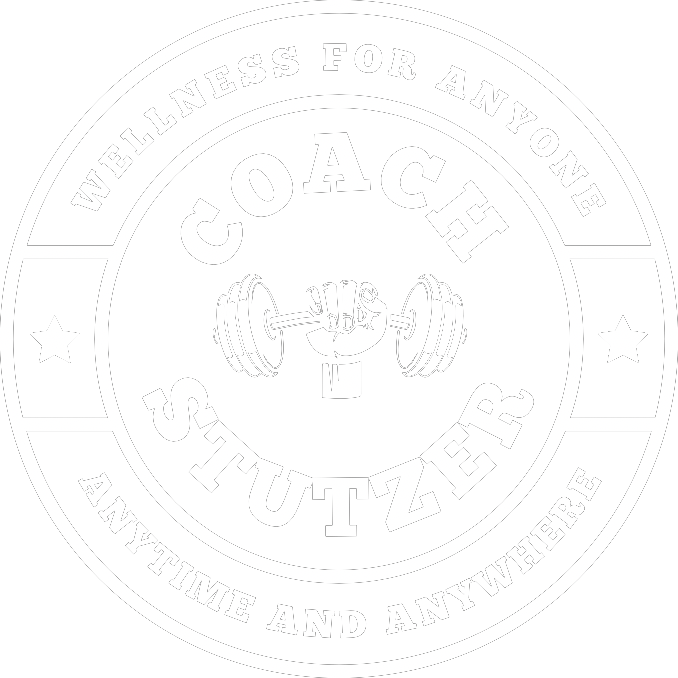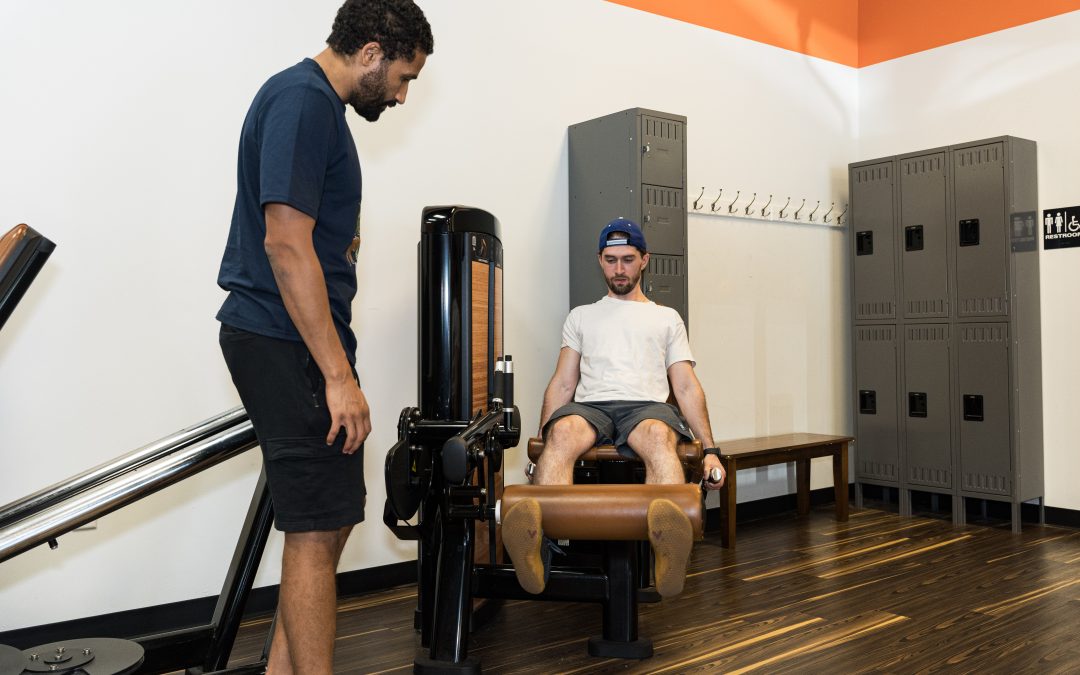Progressive overload is a fundamental principle in fitness that ensures continuous improvement and muscle growth. It involves gradually increasing the demands placed on your body during exercise, leading to enhanced strength and endurance. Here’s a step-by-step guide to help you master this essential training technique.
Step 1: Add Reps
Begin your training by adding one or two more repetitions to each set once you are comfortable with a certain number of repetitions. This increment helps in increasing muscle endurance and promotes muscle hypertrophy. Aim to stay between 6-15 reps for best results. Once you can consistently perform 15 reps with good form, consider adding weight to continue challenging your muscles.
Step 2: Adjust Sets or Rest
You can either increase the number of sets you perform or reduce the rest time between sets. Adding more sets increases the overall volume of your workout, leading to greater muscle fatigue and growth. Alternatively, shortening rest periods keeps your muscles under tension for longer, enhancing endurance and strength.
Step 3: Gradually Increase Weight
Start with a weight that allows you to perform your desired number of repetitions with proper form. As you get stronger, gradually increase the weight. This progressive increase ensures that your muscles are continually challenged, preventing plateaus and promoting growth.
Tips for Effective Progressive Overload
- Master Movement Patterns First: Ensure you have proper form and technique before adding weight or reps. Poor form can lead to injuries and hinder your progress.
- Adequate Rest: Take sufficient rest between sets, but avoid distractions like phone usage. Focus on your workout to maintain intensity.
- Monitor Your Progress: Keep track of your weights, reps, and sets. Regularly review your progress to make necessary adjustments and stay motivated.
Conclusion
Implementing progressive overload in your training routine is a proven method to achieve consistent and sustainable fitness gains. By adding repetitions, adjusting sets or rest periods, and gradually increasing weight, you challenge your muscles effectively and avoid stagnation. Remember, the key to success in fitness lies in consistency and gradual progression.
Stay dedicated, focus on your form, and keep challenging your limits. Your efforts will lead to remarkable results in your strength and overall fitness.

